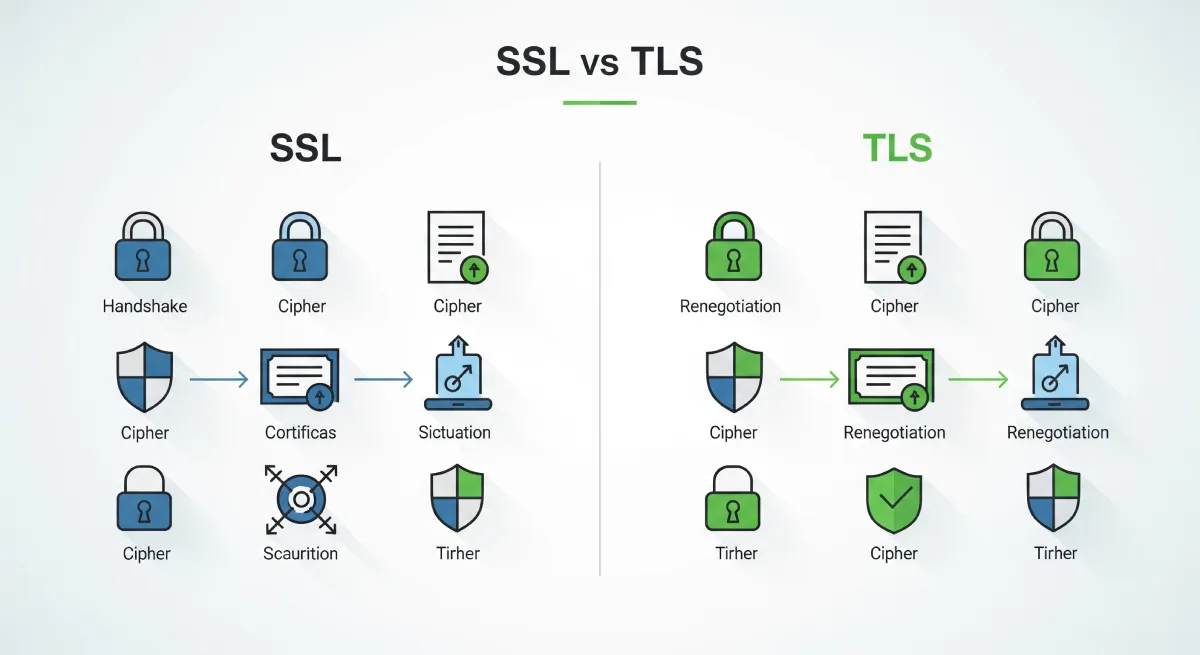In computer graphics, perspective vs parallel transformation define how objects are projected onto a 2D plane. Perspective transformation creates depth by making distant objects appear smaller, while parallel transformation maintains object proportions without distortion. This guide explores their differences and applications in rendering.
Understanding Perspective: Bringing Depth to the Digital Canvas
Perspective is a technique that aims to replicate the way our eyes perceive depth in the real world. By incorporating concepts such as vanishing points, foreshortening, and diminishing scale, perspective projection adds a sense of realism and depth to computer-generated imagery. It creates the illusion of objects receding into the distance, mirroring the way they appear in our everyday lives.
The power of perspective lies in its ability to immerse viewers in a digital environment, transporting them into a world that feels three-dimensional. From architectural renderings to video games, perspective projection is widely used across various industries to captivate audiences and create visually compelling experiences.
Exploring Parallel Transformation: Preserving Precision and Consistency
While perspective projection seeks to recreate real-world depth, parallel transformation takes a different approach. This technique maintains parallel lines and equal scaling of objects in a scene, prioritizing accuracy and consistency over depth perception. It finds its strength in technical fields where precise measurements and proportional representations are paramount.
In areas such as engineering, architecture, and graphic design, parallel transformation serves as a vital tool. It allows professionals to convey information with clarity, presenting technical drawings, blueprints, and schematic representations accurately. By preserving parallelism and proportional relationships, parallel transformation ensures that every line and dimension aligns perfectly.
The Distinctions: Perspective vs. Parallel Transformation
Now, let’s examine the key distinctions between perspective and parallel transformation:
1. Depth Perception vs. Precision:
Perspective projection excels at creating depth and spatial relationships, making it ideal for immersive experiences and visual storytelling.
Parallel transformation prioritizes accuracy, precision, and consistency, making it indispensable in technical fields where proportional representation is crucial.
2. Immersion vs. Clarity:
Perspective projection immerses viewers in a realistic environment, evoking emotions and enabling them to explore virtual worlds with a heightened sense of depth and immersion.
Parallel transformation prioritizes conveying precise information with clarity, enabling professionals to communicate technical details accurately and without distractions.
3. Applications:
Perspective projection finds extensive usage in video games, virtual reality experiences, and architectural visualizations, where creating visually captivating and realistic scenes is essential.
Parallel transformation is commonly employed in engineering, architecture, and graphic design, where precise measurements and proportional representations are required.
Key Differences: Perspective vs Parallel Transformation
| Aspect | Perspective | Parallel Transformation |
|---|---|---|
| Depth Perception | Creates a sense of depth and spatial relationships. | Does not emphasize depth perception; maintains equal scaling and parallel lines. |
| Application Context | Commonly used in video games, architectural visualization, and virtual reality experiences. | Often employed in technical fields such as engineering, architecture, and graphic design. |
| Visual Realism | Aims to create realistic and immersive scenes. | Focuses more on accuracy, precision, and proportional representation. |
| Parallel Lines | Converging lines to a vanishing point, simulating how we perceive objects in reality. | Maintains parallel lines to ensure proportional representation. |
| Scaling | Objects may appear smaller or larger depending on their distance from the viewer. | Preserves equal scaling, maintaining consistent proportions regardless of distance. |
| Visual Communication | Emphasizes visual storytelling and creating immersive experiences. | Focuses on conveying precise technical details without distractions. |
| Distortion | Objects may appear distorted or foreshortened as they recede into the distance. | Preserves accurate proportions and avoids distortion. |
| User Experience | Enhances user immersion and engagement in virtual environments. | Ensures precise information communication and technical accuracy. |
| Usage in Fields | Commonly used in entertainment, gaming, and architectural design. | Applied in technical fields such as engineering, drafting, and schematic representation. |
| Rendering Speed | May require more computational power and processing time due to complex calculations. | Generally requires less computational power and faster rendering time. |
Conclusion
In the realm of computer graphics, the battle between perspective and parallel transformation is a testament to the vast possibilities that exist in the digital world. Understanding the strengths and distinctions of each technique empowers designers, developers, and artists to create stunning visuals and immersive experiences that leave a lasting impact.




